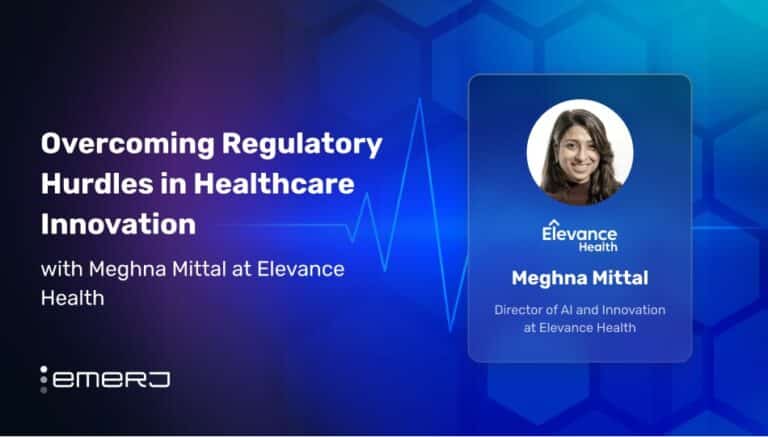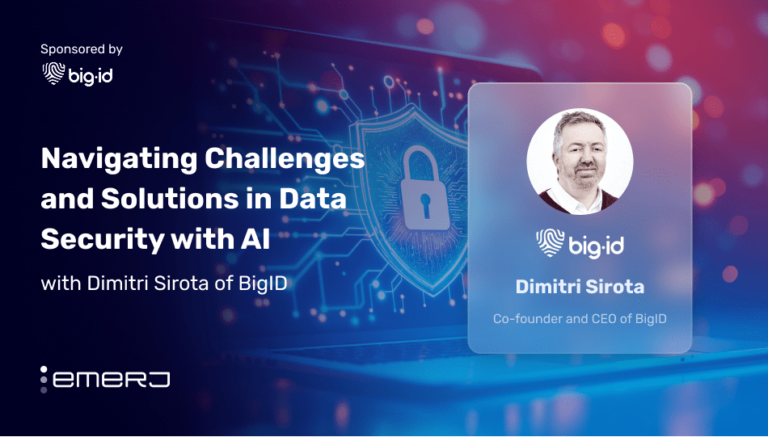In this episode of AI in Industry, we speak with Brendan Kohler, the CTO of Co-founder of Boston-based startup Sentenai. Brendan speaks about how businesses today can effectively leverage the data being collected by their existing IoT and automation systems. Though example applications and use-cases, Brendan elaborates on what kinds businesses might use this technology today and what they can expect in the near future.
Business leaders who manage large amounts of sensor data will gain an idea of current AI use-cases, as well as how the future trends towards self-diagnosing systems (in HVAC, in building automation, etc) might develop in the years ahead.
Subscribe to our AI in Industry Podcast with your favorite podcast service:
Guest: Brendan Kohler, Co-founder and CTO of Sentenai
Expertise: Systems architecture, startups and entrepreneurship, computer science
Brief recognition: Brendan earned a bachelor’s degree in Computer Science from Georgia Tech in 2008. He went on to serve as a Systems Engineer for AMD Assistive Networks, Software Systems Architect and Consultant at Queralt LLC and senior software engineer and systems architect at Seldera LLC. Since 2014, Brendan has also been a Startup Advisor at Harvard Innovation Labs, and is the co-founder of Boston-based VC firm Hyperplane Venture Capital. He co-founded Sentenai in 2015.
Brendan was part of our intensive 12-day analysis of the Boston artificial intelligence ecosystem. The article – titled Artificial Intelligence in Boston – An Overview of Startups, Funding, and Trends – highlights quotes from Brendan and dozens of other AI-related Boston founders, comparing the strengths and weaknesses of Boston with Silicon Valley.
Big Idea
Brendan states that in order to make the most of AI for sensor data in industrial applications, companies will likely have to develop systems to adapt to new use-cases, rather than being pre-programmed to predict or detect only a select few pre-programmed examples.
In this episode Brendan shares some examples of where he see AI being applied to sensor data today:
- Using AI for predictive maintenance on critical machines in the factory
- Continuous commissioning of buildings and seasonally optimizing heating, ventilation and air conditioning (HVAC) systems
In the future, Brendan believes that we will see more city-level optimization of logistics and transport networks.
Aside from the obvious energy saving benefits of AI in such applications, Brendan says that there could be benefits which are harder to perceive at first glance. For example, HVAC systems in buildings typically have have hundreds of different sensors gathering data. Sensors can record the air flow and air temperature data from vents connected to outside environment.
Brendan goes on to say that this is but a step towards more complete autonomy through AI. He adds that toay AI can identify anomalies; two years from now, AI will likely be able to identify whether an anomaly is a critical problem or not (again from historical evidence). Analogous to how autonomous vehicles are now removing humans from the loop, he sees AI platforms aimed at leveraging IoT data develop similar capabilities in the future.
Looking five years ahead into the future, Brendan has the following predictions about how AI applications for automated systems might evolve:
- Current predictive maintenance technology is likely to be many years away from being able to learn from one issue or instance and apply that to new and novel instances.
- Most enterprises engaging in the commercial products sector will be on a level playing field in terms of gaining benefits from AI – this is because having the right domain expertise is still a big part of how this technology works.
- Brendan believes that predictive maintenance will be ubiquitous in the next five years in most sectors including the government, military, and industry. This will be especially true with organizations dealing with large heavy distributed assets like ships or trucks.
Interview Highlights with Brendan Kohler from Sentenai
The main questions Brendan answered on this topic are listed below. Listeners can use the embedded podcast player (at the top of this post) to jump ahead to sections they might be interested in:
- What are some of the domains where AI for finding patterns in sensor data is being applied in today?
- Where would AI be used in HVAC and what value can be gleaned by businesses using this technology?
- What is the role of AI in complex systems like building HVAC systems?
- Five years from now what are some factors that might help the adoption so machine vision?
Subscribe to our AI in Industry Podcast with your favorite podcast service:
Header image credit: i-ambiente.es






















